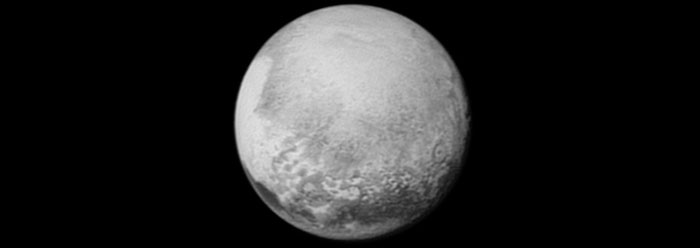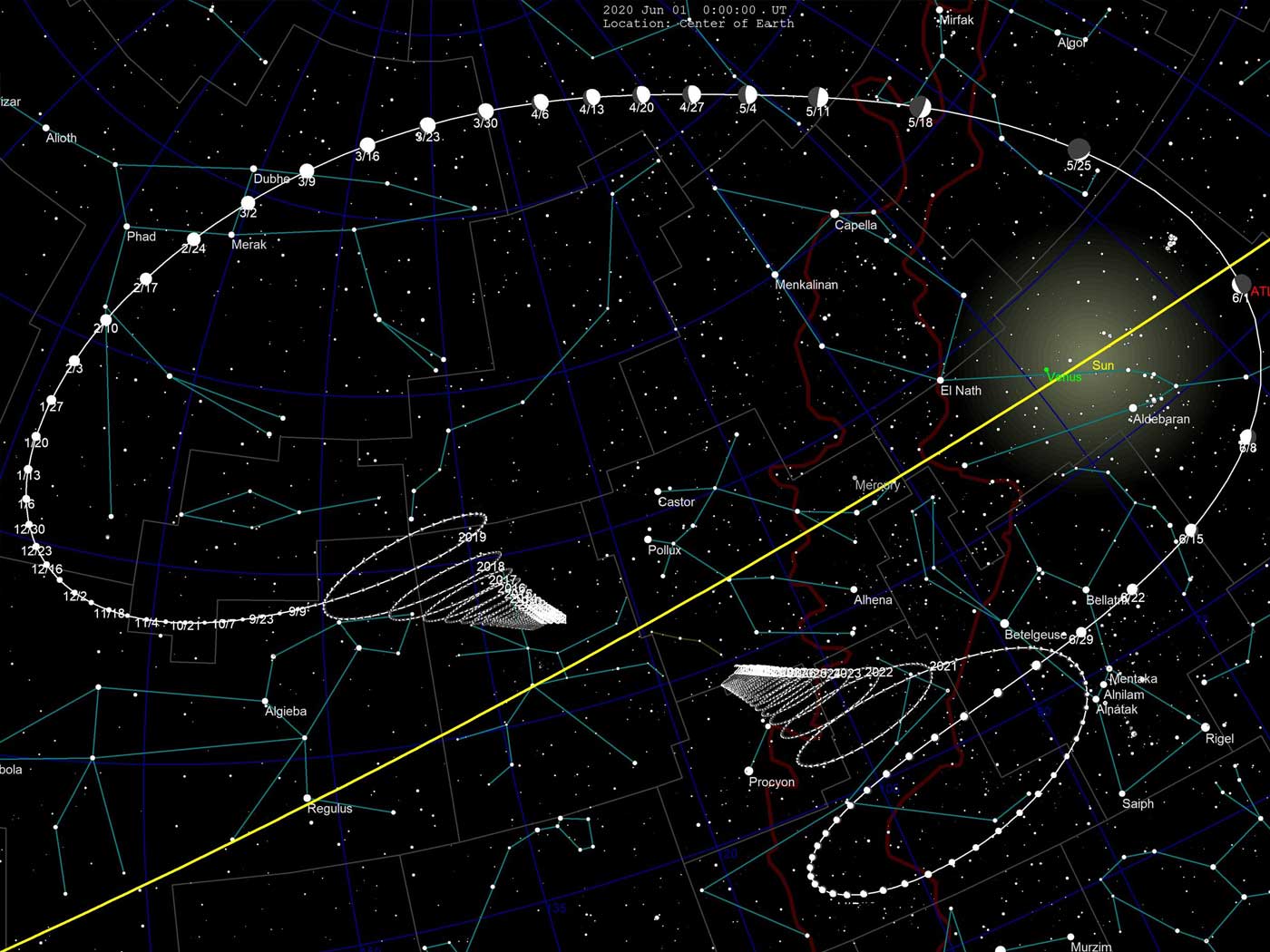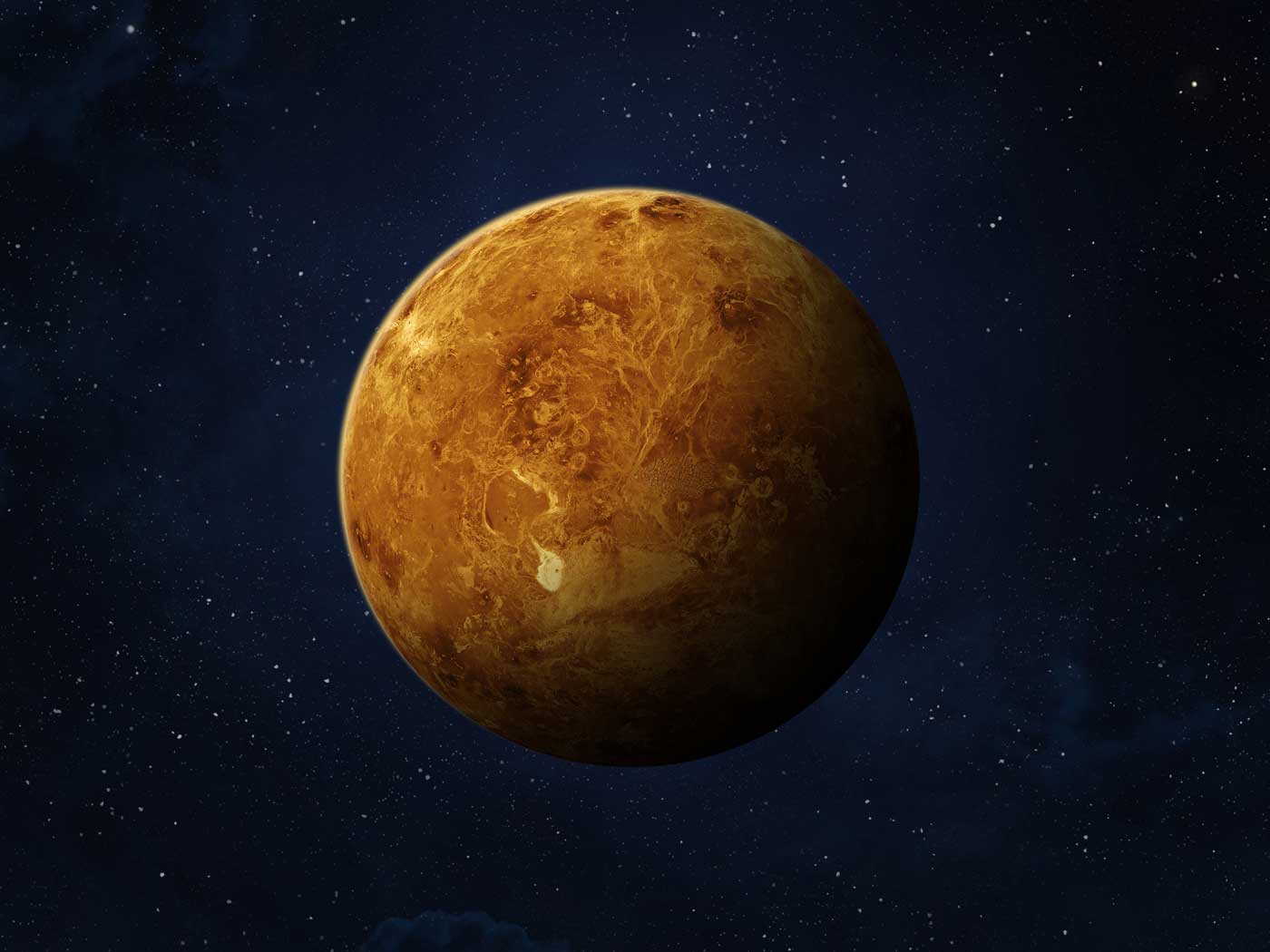Today, more than nine years after its launch, the New Horizons spacecraft is scheduled to make its closest approach to the dwarf planet Pluto.1 This will make New Horizons the first space probe to closely examine Pluto and its moons during this flyby. A NASA press release states, "A close-up look at these worlds from a spacecraft promises to tell an incredible story about the origins and outskirts of our solar system. New Horizons also will explore—for the first time—how ice dwarf planets like Pluto and Kuiper Belt bodies have evolved over time."2
But scientific data do not tell stories—people do—and this Pluto tale will result from people's interpretation of the data. For this reason, it would be more accurate to state that secular scientists are hoping that data collected by New Horizons will enable them to tell a story about how the solar system came into existence. And although they do not say so explicitly (perhaps they don't wish to offend the American taxpayers who provide NASA's funding), there is little doubt they fully intend for this story to leave no room for a supernatural Creator.
But of course, such a claim is a tacit admission that they do not yet have in hand a plausible secular explanation for the solar system's origin, notwithstanding a barrage of misleading claims in popular science television shows and magazines.
The New Horizons spacecraft is intended to yield information about "Kuiper Belt bodies." What are these, and why are they important to secular scientists? The answer involves comets.
Comets are essentially "dirty snowballs" that orbit the sun. Secular scientists believe that comets are leftover materials from the solar system's formation some 4.5 billion years ago. Because it is a "dirty snowball," a comet loses some of its mass every time its orbit takes it close to the sun, not unlike an ice cream cone exposed to a heat lamp. Comets lose their mass so rapidly that no comets should exist at all today if the solar system really were billions of years old!
Secular scientists are well aware of this problem and have proposed two sources to replenish this dwindling comet supply. The Kuiper Belt was proposed to be a disk of trillions of comet-sized icy bodies orbiting beyond Neptune. Secular astronomers believe that, from time to time, some of these icy bodies are disrupted from their orbit and redirected into the inner solar system where they become comets. This Kuiper Belt is thought to serve as a source for short-period comets—those that require less than 200 years to make a single orbit of the sun.
The second of these supposed sources is the "Oort Cloud," an enormous reservoir of comet nuclei thought to surround our solar system, but (conveniently) located too far away to be seen, even with our most powerful telescopes. The Oort Cloud is said to be a source for long-period comets—those having orbital periods greater than 200 years.
One major problem with the Oort Cloud is that there is zero observational evidence that it even exists! The Oort Cloud is purely hypothetical.
Does the Kuiper Belt exist? Instead of finding trillions of comet-sized bodies, astronomers instead discovered hundreds of much larger objects (such as Pluto and its moons) that exist beyond Neptune's orbit at the outer edges of our solar system. But to replenish the solar system's comets, a Kuiper belt would need to contain many more icy bodies than the mere hundreds which have so far been observed. Moreover, these observed objects are much larger than typical comet nuclei.3 Hence, it is rather misleading to refer to these objects as "Kuiper Belt bodies," since they are too large and exist in far too few numbers to actually constitute the kind of Kuiper Belt that secularists were expecting! Hence, a more scientifically accurate term for these bodies is "Trans-Neptunian Objects," or "TNOs."
But if neither the Oort Cloud nor a Kuiper Belt of trillions of comet-sized masses exist, then secular scientists have no explanation for how comets could continue to exist in a 4.5 billion year-old solar system. But comets can exist in a solar system that is only about 6,000 years old, even without a Kuiper Belt or an Oort Cloud.
Secular scientists hope that new data will help them craft a story and explain the solar system apart from the Lord's handiwork, but these efforts have a way of backfiring on them. One is reminded of Psalm 76:10, which says, "Surely the wrath of man shall praise You . . . ." Rather than weakening the case for creation, data collected by previous spacecraft have only strengthened the case that our solar system was designed and is much younger than the age of 4.5 billion years that secular scientists have assigned to it.4,5 Christians should not be surprised if data collected by the New Horizons spacecraft continues this trend.
References
- In 2006, Pluto lost its status as a planet and was reclassified as a "dwarf planet."
- Talbert, T. 2015. New Horizons: The First Mission to the Pluto System and the Kuiper Belt. Posted on nasa.gov June 16, 2015, accessed July 8, 2015.
- Lisle, J. 2014. The Solar System: Pluto. Acts & Facts 43 (4): 10-12.
- Hebert, J. 2013. Youthful Solar System Bodies Puzzle Evolutionary Scientists. Creation Science Update. Posted on icr.org February 13, 2013, accessed July 8, 2015.
- Psarris, S. 2009. What You Aren't Being Told About Astronomy: Our Created Solar System. Creation Astronomy, DVD. This widescreen DVD presents this information in the form of a delightful tour of our solar system. Available at the ICR online store: store.ICR.org.
Image credit: 2015 NASA. Public domain. Adapted for use in accordance with federal copyright (fair use doctrine) law. Usage by ICR does not imply endorsement of copyright holder.
*Dr. Hebert is Research Associate at the Institute for Creation Research and received his Ph.D. in Physics from the University of Texas at Dallas.
Article posted on July 14, 2015.

























